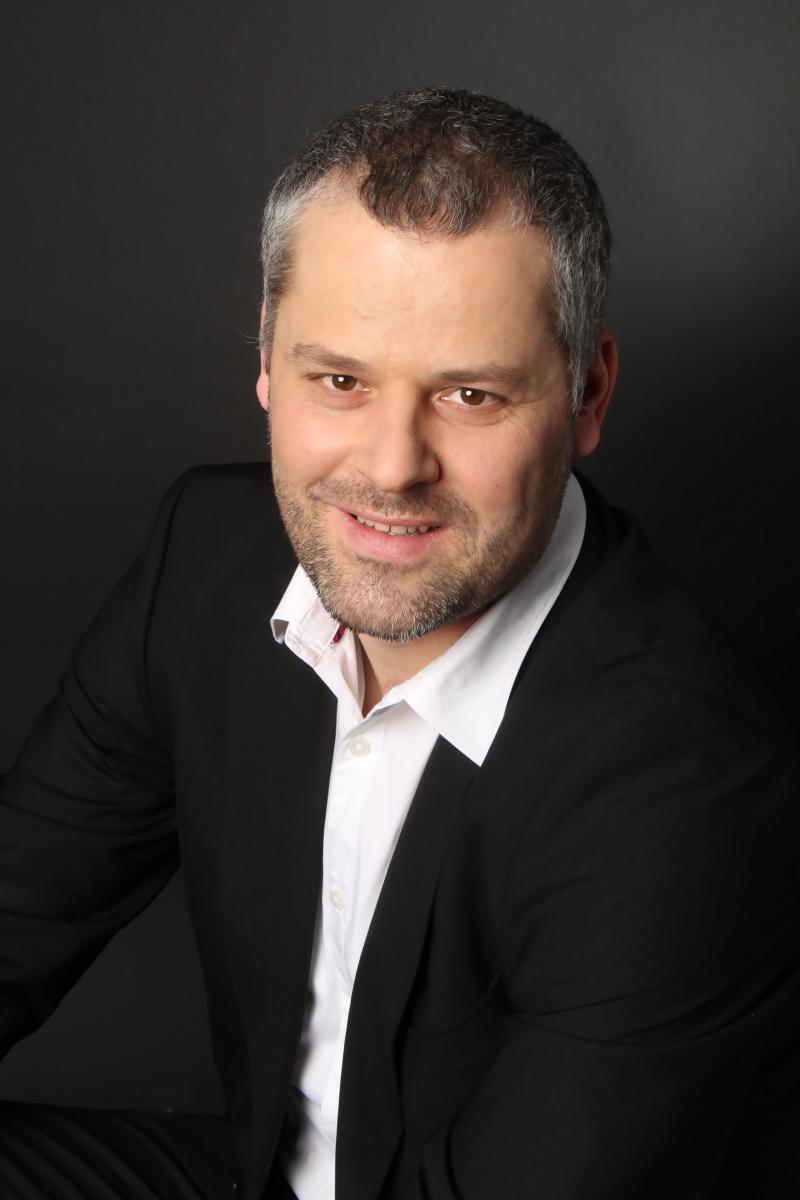2017. August 14.
Many people do not know that as civil engineer student, they can choose environment protection as a specialization. Ádám Kovács tried it a few years ago, and now tells what happened.
He finished his university studies among the first few students, who learned Water Resources Engineering. Currently he deals with catchment management in Vienna.
As an undergraduate he found himself in an important EU research, thanks to his SSC research and diploma work. So that is how his career started. Between 1995 and 2001 Adam studied at BME (Budapest University of Technology and Economics) Faculty of Civil Engineering.
At the Faculty Specialized education was introduced at that time, according to this students have common curriculum during the first 2-3 years, and after that they can choose a specialization with specific subjects. Ádám’s choice was a relatively new and exciting specialization: Hydraulic and Water Resources Engineering, and Sanitary and Environmental Engineering. These faculties deal with environmental and settlement management problems, and possible engineering solutions.

He summarizes the following years: “I wrote my thesis and before that a TDK (Scientific Students Association) research about the modeling of diffuse nutrient loading of surface water. The thesis presented a theoretical discussion of these possible mathematical description of environmental processes of diffuse emissions, and over that demonstrated a specific load model and its first test results. The model case study was a part of EU research project, which examined the nutrient management of the whole Danube basin. Thanks to this project I got an insight into the process of a large-scale European scientific project. This insight was so successful, that I just found myself at BME Department of Sanitary and Environmental Engineering as a PhD student, then as a scientific associate and later as an instructor. Through eight years I did a scientific research in modeling and regulation of nutrient emissions, and I educated water quality control. I had the opportunity to took a part in a few research projects which were in connection with the performing of EU Water Framework Directive, the analysis of the ecological status of Balaton, and other special hydrological and water quality modeling tasks. In 2009 I had the chance to continue my doctoral work in Austria, I started working as a research assistant at the Institute of Water Quality, Resources and Waste management in Vienna. I defended my PhD thesis about water quality modeling there in 2013. We developed a catchment scale, spatially distributed parameter phosphorus emissions and transport model, on which my thesis based. The model can determines the spatial distribution of emissions and material flows, and it allows an optimized, cost-effective design of interventions aimed emission reduction.
In the summer of 2013 I took a sharp turn and I changed research for catchment management. I earned an expert position at International Commission for Protection of the Danube River (ICPDR), which coordinates the water activities of the countries interconnected to the Danube, in order to ensure a sustainable and good water management. My responsibility at this organization is the coordination of the pollution prevention. It mostly contains quantifying and analyzing the pollutant load gets into the Danube from sewage plants, industrial plants and agricultural areas. In addition we make measures to reduce pollution, and advance the permeation of modern technologies, and effective catchment management practices.”
